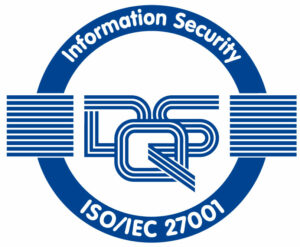
In the current marketplace, it’s the customer who is in control. Today’s consumer wants a brand to deliver convenience, relevance, emotional assurance and added value, and will quickly turn to a competitor if their needs aren’t being met. What’s more, simply getting to a sale is no longer enough for a brand to maintain success.
Brands must also strive to create more value for their customers over time, transforming a product purchase into a membership experience. It’s not an easy task, but it becomes a more manageable process once you uncover the critical success factors for an effective customer journey management program.
What is customer Journey?
A customer journey is the complete experience a customer has with an organization. It encompasses all customer interactions across all channels, devices and touch points throughout every stage of the customer lifecycle – from awareness to loyalty.
Companies use a wide range of channels to communicate with their customers, but often fail to connect each activity with the customer journey.
In order to more successfully manage the customer journey you need to be aware of every interaction a customer has with your company, whether the interaction is a visit to your website, a response to an email offer, directly go to the store for shopping, use mobile app for product searching or a phone call to your support centre. It also requires looking at the customer journey as a series of these interactions, and be aware of that what at first might appear to be an unconnected series of events is often a predictable sequence of events occurring across multiple business channels and processes and over an extended time period. These events offer a clue as to a customer’s true purchase intentions. It provides a great opportunity to respond to particular sequences of events by: upsell or cross-selling, retaining customers who are in high risk of bouncing out to someone else and so on.
Customer journey management provides a great opportunity to reach and engage with particular sequences of clients. An effective customer journey management solution enable your company to predict customer needs, personalize the customer experience, and synchronize multichannel interactions. The ability to manage experience through website, mobile devices, social media or onsite—is essential to a consistent, connected optimal journey.
3 Key elements for Building Effective Customer Journey Management Program
Customer Data Collection & Consolidation
To collect enough customer’s first-party data (such as interaction or behaviour data) bit-by-bit (onsite purchase, forms, surveys, online, research) to build up an accurate, complete picture of your customer profile gradually. This also includes data like channel preferences and timing. It’s quite important to understand the history of their digital channel behaviours. As well as the behavioural data like before the register, make a first purchase, which enables your business to build models to recommend other products or services or offer a new range of goods later on.
Interact with the Customer Efficiently
A marketer must do more than just collect data from various touch points, and must engage with the customer not only when making a purchase, but at other critical decision points, like “intended purchasing” moment or some of those being “pain points (such as difficulty navigating to specific webpage).”
Taking action during customer those moment efficiently, which enable you to:
Identifying journeys quickly to enable effective responses.
Linking event data to the broader client context so that opportunities or hazards can be analysed instantly and you can easily determine the most optimal action.
Immediate interaction with the customer with their preference digital channel, often within just a few seconds.
Customer Analytics
During the whole process, you will need to analyse your data, detecting interesting sequences of events (i.e., likely journey paths), also enables identification of segments in which these paths are most important. Or analysis your data by using predictive models or algorithms to enrich the customer engagement. Analytics is also vital to insights for choosing appropriate offers and the best timing for outbound communication.
If you’re interested in learning more about creating compelling customer journey across your customers’ entire lifecycle with an industry-specific solution that literally knows what works for your customers, I highly recommend you to check RADICA Customer Engagement Solution— and Grabbing a Free Consultation.

